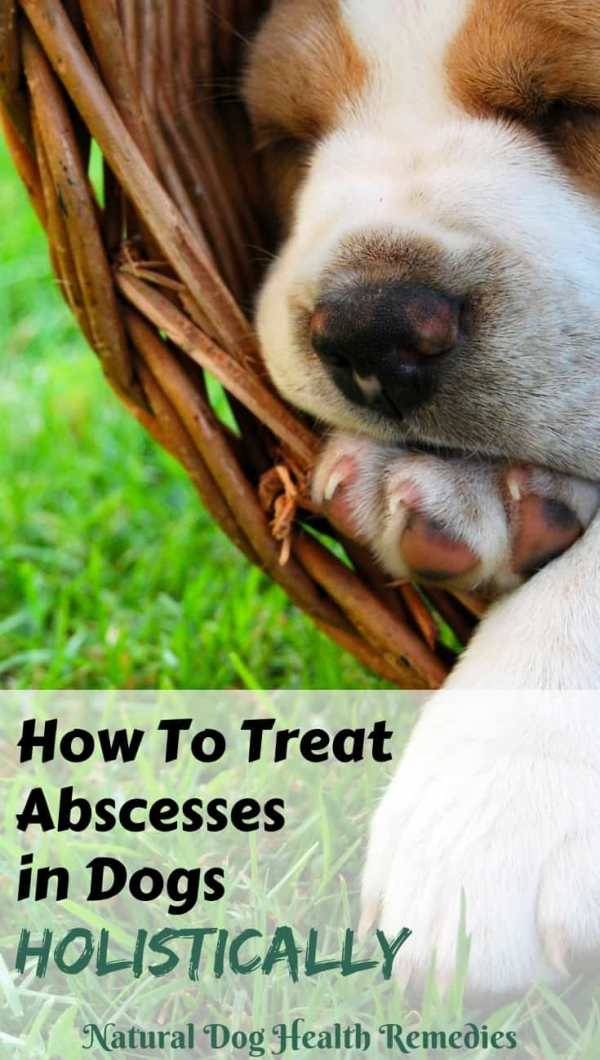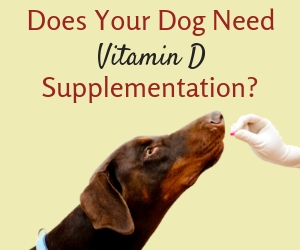Symptoms and Treatment of Abscess in Dogs

What is an Abscess?
An abscess is actually a result of the body's attempt to limit the infection to a local area. An abscess "pocket" is formed so that the bacteria and infection cannot spread and affect the rest of the body.
An abscess pocket is filled with pus, which is in essence an accumulation of dead bacteria and dead white blood cells that have been mobilized by the body to the area in order to inhibit and eliminate bacterial growth.
Dog Abscess Symptoms
An abscess on dogs can cause the following symptoms:
- Redness and swelling at the site
- There may be discharge (pus) from the abscess
- Hair may fall off on and around the abscess
- Your dog may be listless
- Your dog may show signs of being in pain (e.g. drooling, constant attempt to lick the area, loss of appetite)

When to See a Vet
Most smaller abscesses can be safely treated at home. But you should seek veterinary treatment if:
- Your dog is listless
- Your dog seems to be in great pain
- The abscess does not heal within a few days or a week
- The abscess is immediately adjacent to the eye, the anus, or the genitals, or inside the ear
Also, a tooth abscess can be very painful and difficult to handle at home. If you suspect your dog has a tooth abscess, take him to the vet immediately.
Causes of Abscesses in Dogs
Most abscesses in dogs are caused by puncture wounds (from dog or cat fights for example).
An abscess in dogs can also be caused by foxtails, grass seed, or plant awns that get trapped in the hair and work their way through the skin. This usually happens on the dog's feet, such as between the toes. Sometimes such abscesses may also be found in or around the ears and between the hind legs.
Will the Pus Drain on its Own?
If the dog body's inflammatory cells (white blood cells) can fight off the invading bacteria, the body will absorb the pus gradually and the abscess will heal eventually without any treatment.
On the other hand, if the inflammatory cells cannot clean up the infection on their own, the pus will accumulate, putting increasing pressure on the skin and eventually causing the abscess to "pop" (rupture).
In most cases, because of the rupture, the pus will drain on its own, to the outside of the body. This facilitates the elimination of the infection.
In rare occasions, the rupture may drain into a body cavity (e.g. the abdomen), in which case immediate medical treatment is required.
Sometimes, an abscess keeps draining but does not heal (called a fistula). The most common reason why it does not heal is that there is some kind of foreign object (such as wood splinters, grass seeds, etc.) in the tissue. In order for the wound to heal, the foreign object has to be removed.
How to Treat an Abscess on Dogs at Home
 Although abscesses in dogs look serious (especially when pus is draining out), in most cases they are manageable at home with the help of natural remedies such as herbal and homeopathic remedies.
Although abscesses in dogs look serious (especially when pus is draining out), in most cases they are manageable at home with the help of natural remedies such as herbal and homeopathic remedies.
Here is what you can try:
Using Herbs
- Use Warm Compresses: Warm compresses can stimulate the development of an abscess so that it can open and drain. Just saturate a cloth with warm water and hold it over the abscess for about 5 to 10 minutes several times a day.
If you have pure organic apple cider vinegar, you can add a teaspoon or so of ACV to the warm water and use the vinegar water to make a warm compress.
You may also want to use a tincture of the herb Plantain as a compress to draw out infections and/or foreign bodies from the abscess.
- Clean the Ruptured Abscess: Once the abscess has ruptured, keep the wound clean and open so that the pus can continue to discharge. Continue the warm compresses daily.
In addition, flush the wound with a solution of Organic Calendula
and St. John's Wort
in saline. (Boil a cup of water to sterilize it. Let cool. Add 10 drops each of the tinctures of Calendula and St. John's Wort plus one-fourth teaspoon of table salt.)
Use a syringe to gently flush out the wound. Repeat three to four times a day until you can see that the wound is healing.
During healing, make sure that your dog does not lick or chew at the wound. Use an Elizabethan collar if necessary.
- Heal the Wound: After the infection has cleared and the wound is clean but not completely healed, apply a Calendula Ointment
to stimulate closing of the wound.
- Boost the Immune System: As with any infection, it is important to boost the dog's immune system.
Echinacea is an effective immune-boosting herb. You can get a tincture of the herb such as Echinacea and give your dog five drops per ten pounds, two to three times a day. Also give your dog vitamin C (about 5-10 mg/pound, two to three times a day).
Homeopathy for Canine Abscess
Very often, an abscess in dogs is caused by a foreign object (such as foxtails, plant materials, splinters, etc.) embedded in the tissue, in which case the discharge will not stop until the object is removed.
You can choose to have this done surgically or by a natural expelling process aided by the homeopathic remedy Silicea 30C.
Since surgery involves more risks and causes more pain, not to mention it is difficult to locate something small like a piece of splinter, it is advisable to first try using the homeopathic remedy. You may want to seek the help of a holistic vet for dosage and continual monitoring of the abscess.
ReferencesEldredge, et al. Dog Owner's Home Veterinary Handbook 4th edition (Wiley Publishing, 2007).
C.J. Puotinen, Natural Remedies for Dogs and Cats (Keats Publishing, 1999).
M.L. Wulff-Tilford and G.L. Tilford, Herbs for Pets (Bowtie Press, 1999).





